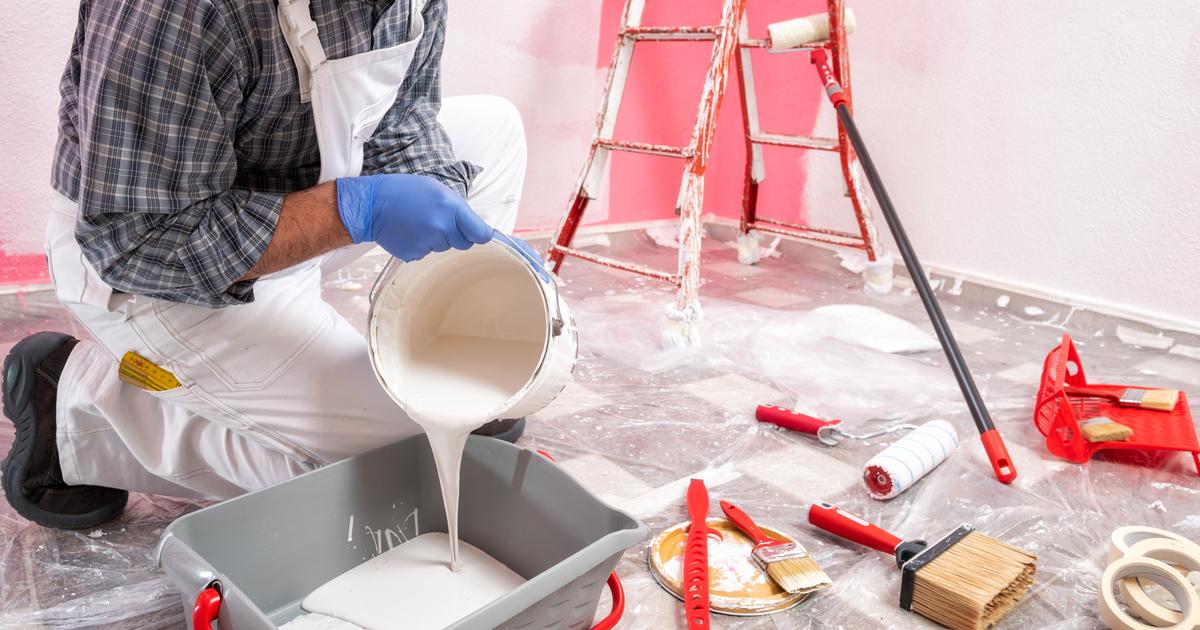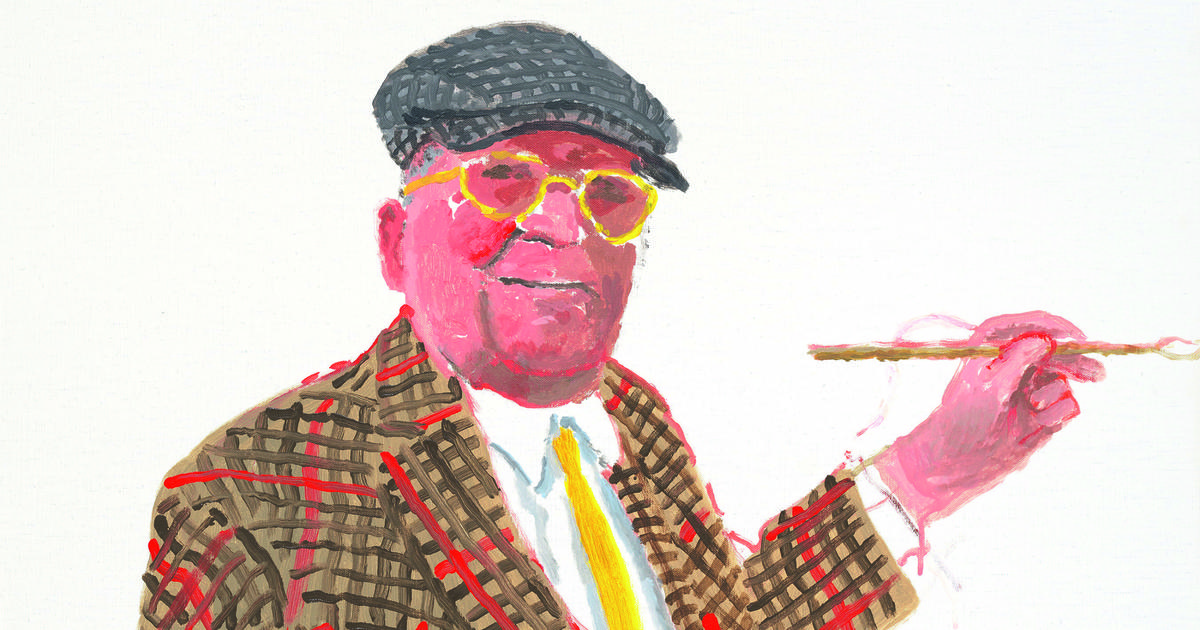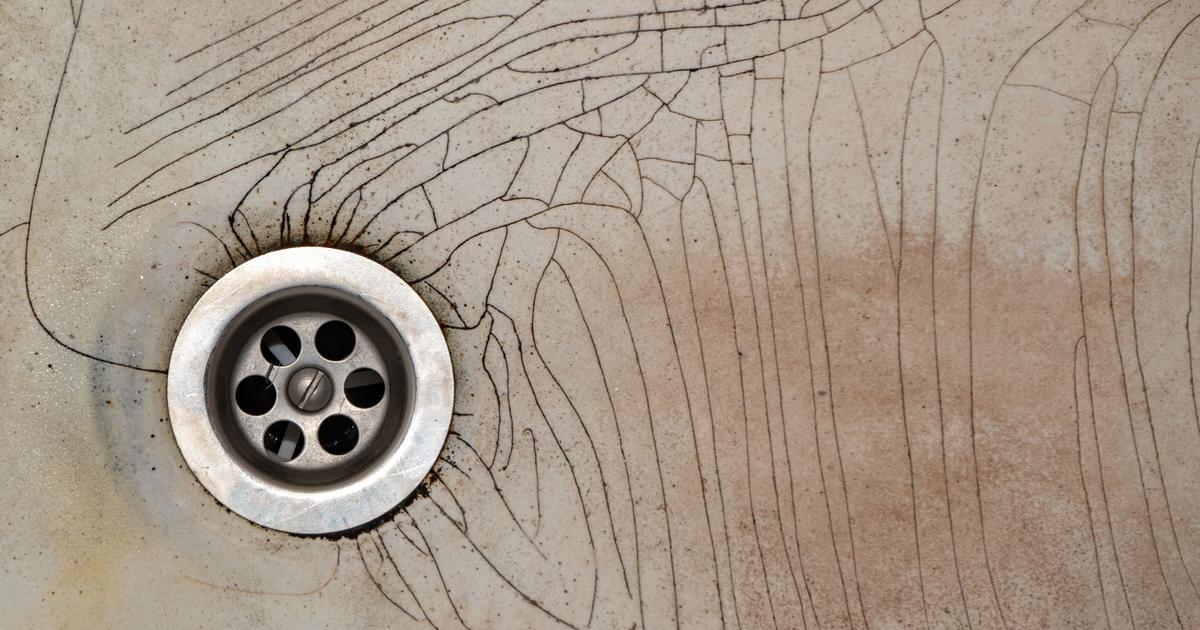White guilty of being a “
superior color
”.
This is being studied by the Norwegian government, which is currently funding a research project called “
Norwhite
” aimed at determining the “
privileged
” nature of white paint.
The study, in which the Norwegian government injected 1.2 million dollars, seeks to discover how (and not if) the country contributed to the diffusion and the superiority of "
whiteness
" in the world, via colonialism ...and the white paint.
Originally marketed by Norway, it now dominates urban architecture worldwide.
This project is part of
whiteness studies
, “
academic studies on whiteness
”, an Anglo-Saxon research field born in the 1980s, which questions the methods of social construction of the white population.
White, “cultural and visual structure of privilege”
This initiative, which will last until 2028, is notably sponsored by Titania AS and Kronos Titan, the two companies responsible for the production and worldwide popularization of titanium white, a white paint of Norwegian origin.
Led by the University of Bergen, the research project, designed by art and architectural historian Ingrid Halland and titled "
How Norway Made the World Whiter
", describes "
whiteness
" as "
one of the main current societal and political concerns
" in the world.
She insists in particular on the symbolism attached to this notion, which conveys a “
cultural and visual structure of privilege
”.
Concretely, white would be omnipresent today, especially in urban architecture.
It would be more common to see white buildings than red houses.
“
Whiteness is not only a cultural and societal condition linked to skin color, privileges and systematic exclusion
”, explains the researcher, “
it materializes everywhere around us.
»
Read also“Food whiteness”: Sciences Po under fire from critics after the words of a CNRS researcher
To this end, the Norwhite project studies the chemical compound of titanium dioxide and titanium white pigment, chemical processes discovered by two Norwegian scientists at the beginning of the 20th century.
The patent for titanium dioxide has in fact allowed the development of the titanium white pigment: it is the latter which has revolutionized the color industry by introducing onto the market a paint that is absolutely white, non-toxic and resistant. poor discoloration due to dirt and rust.
Later used all over the world, this pigment is found in concrete coatings, ceramic glazes, and even in the composition of plastics.
For Norwhite, it's about determining how this pigment has transformed surfaces in art, architecture and design.
For Norwhite, the social superiority of the color white is also linked to the creation and marketing of this paint.
Cultural changes, aesthetic upheavals
The omnipresent white, therefore dominant?
Michel Pastoureau qualifies this opinion.
"
In many societies, the meaning of a color is above all linked to an object, to a support, and does not convey any symbol by itself
", explains the historian-researcher, specialist in the symbolism of colors.
In Europe, the symbolism of colours, which appeared as early as the Middle Ages, gave each shade good and bad aspects.
“It is true that white has more virtues than vices.
It is associated with the idea of beauty, innocence and cleanliness
", continues the researcher: in European societies, technical fields associate white well with the idea of "
seriousness and modernity
", and denigrate colors lively, considered too "
vulgar "
".
“
In Europe, we will always favor a white or black computer
”, smiles the historian, “
which is more serious than a purple computer.
»
Read also“There is racism in white culture”: Lilian Thuram’s comments are controversial
But “
it would not be a question of extending this conception to non-European societies, which give pride of place to brighter colors
”.
Like India, for example, where city walls form a palette of variegated hues.
Or Asia, where the red that wraps women who marry, dominates.
It would be "
pulling the rope
" to say that white is a "
superior color everywhere in the world
", continues Michel Pastoureau, "to
associate with white the idea of a global hegemonic superiority is to forget that in Asia and Africa white is the color of death and mourning.
On a global scale, "
red is the color par excellence, the first that
»









